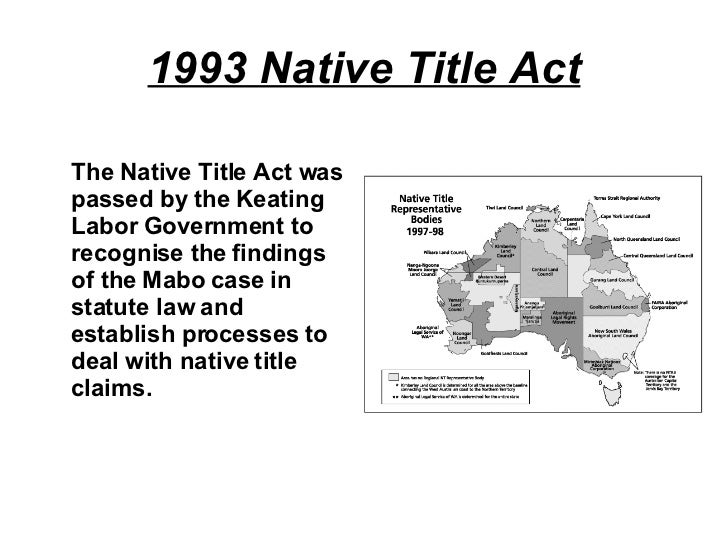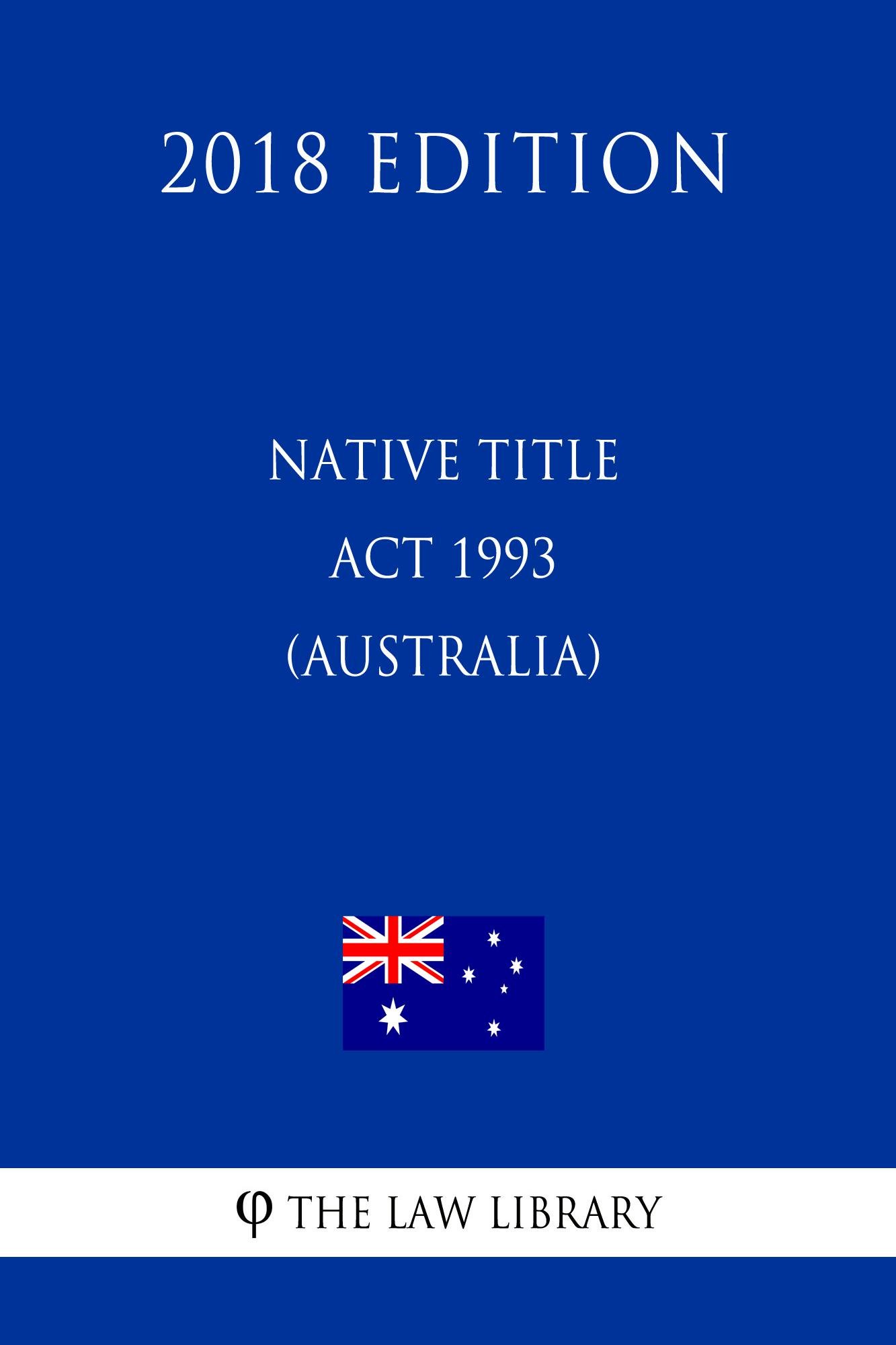Reference




OpenAI's Answer
The Native Title Act of 1993 is an important piece of legislation in Australia, primarily aiming to recognize and protect the rights of Indigenous Australians to their traditional lands.
Here are some key points about its importance:
-
Recognition of Native Title: Following the pivotal Mabo decision, the Act acknowledges the existence of Native Title, providing a legal avenue for Indigenous Australians to claim rights to lands and waters based on their traditional connection (ANTAR).
-
Balancing Rights: The Act establishes a framework that balances Indigenous and non-Indigenous rights, incorporating Native Title within Australian law (PBC).
-
Human Rights: It is considered a crucial step in supporting the human rights of Aboriginal and Torres Strait Islander peoples, aligning with their relationship to land, which is central to their culture and well-being (Australian Human Rights Commission).
-
Jurisdiction and Recognition: The Act gives jurisdiction to the Federal Court to manage applications and access future lands claimed under Native Title, and native title has been recognized over a significant portion of Australian land (AIATSIS).
Overall, the Native Title Act plays a crucial role in redefining land rights in Australia and addressing historical injustices faced by Indigenous communities.
Follow Up
Related
What is ACT-R/Phi, and how does it differ from ACT-R?
How does the law affect members of the Armed Forces, CSIS, or RCMP?
Name some medications that act as TrkB agonists and antagonists.
How does Republic Act No. 9208 protect trafficking victims?
What are some applications of the ACT-R cognitive architecture?